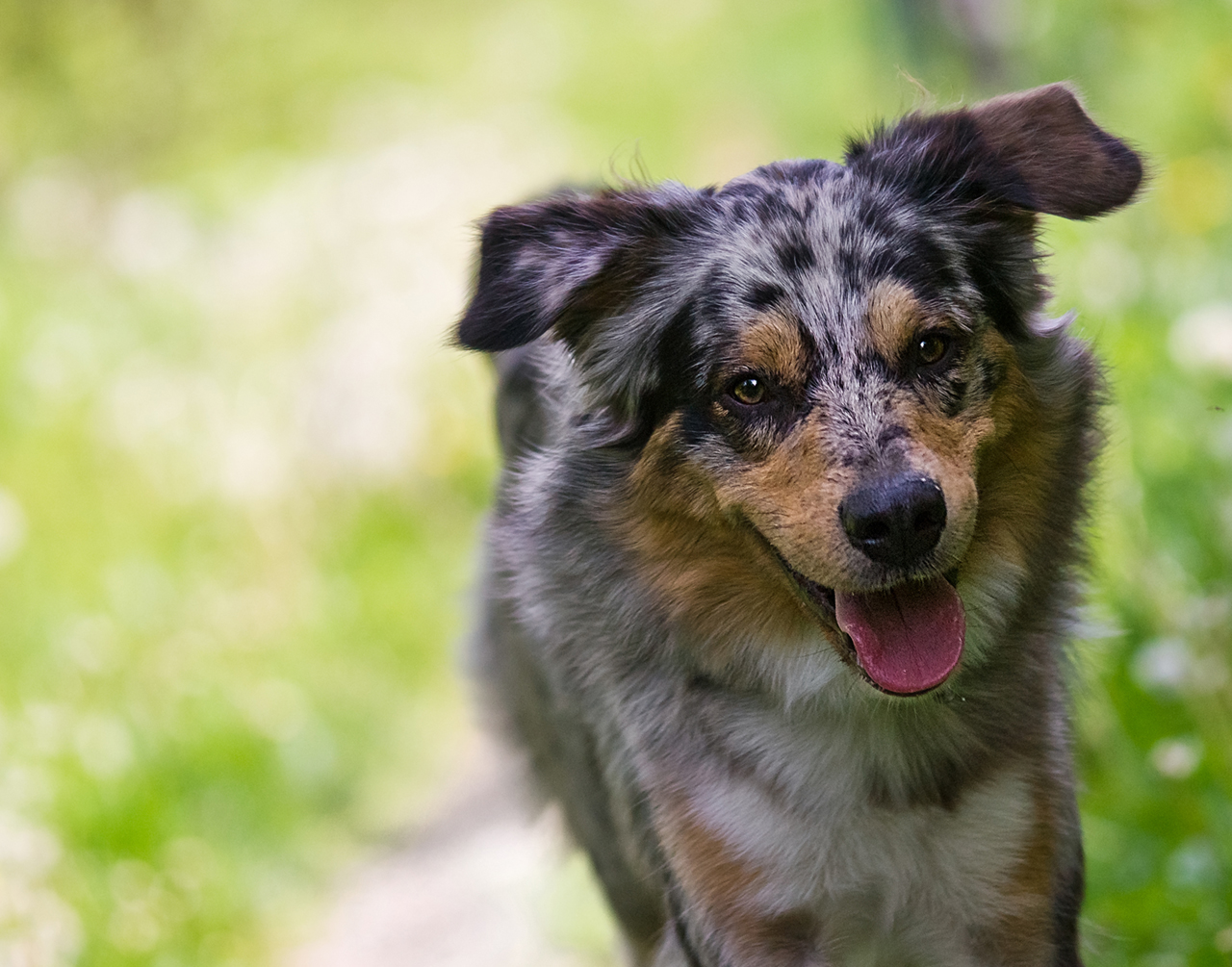[btn link=”#”]By Hillary Frank, DVM, Dipl. ABVP (avian)[/btn]
Here in the Valley of the Sun, it seems that everyone knows at least one person who has been diagnosed with some form of skin cancer. Unfortunately, it is just as common in our pets. Early detection of skin cancer in pets is the key to successful treatment.
Because your loyal companion is covered with hair and protected from the sun, you might not think of skin cancer in your pet. However, skin tumors, which may be cancerous, are the most common tumors found in dogs. Fortunately, when caught early, many cases of pet skin cancer can be treated successfully.
From research on dog cancers, approximately 33 percent of all tumors in dogs directly relate to some form of skin cancer. Dogs between the ages of 6 and 14 are most susceptible, but skin cancer can occur at any age. About three out of 10 of these skin tumors are malignant.
Dogs have up to six times the number of skin tumors as cats, but skin tumors in dogs are more likely to be benign than those in cats. Because some types of pet skin cancer, including melanomas and mast cell tumors, are fatal if untreated, it is important that you have your veterinarian check any suspicious growths.
Over half of skin tumors are benign, especially in dogs, but all skin lumps deserve attention for the possibility of malignancy. Taking a few cells out of these tumors (fine-needle aspiration cytology) can often help determine benign from malignant tumors.
Not all cancers are the same. Depending on the location and biologic behavior there may be several treatment options available. Different cancers may require different forms of treatment. Some patients will only need tumor removal but others may need a combination of treatments.
Most skin cancers appear as a lump on or just below the skin or as a sore that just doesn’t heal. Pets with skin cancer often show no obvious symptoms but may experience discomfort or itchiness at the affected area.
Checking your pet for skin changes is quick and easy, and pets rarely put up any fuss as they love the extra attention. Make the monthly examination fun. Always praise your pet for being tolerant and offer rewards throughout the process. This ensures your pet will be happy to have you look him over. Pets often make full recoveries if the cancerous growths are removed early, so make it a habit of checking over your pet every month. Work slowly around the body, moving the fur and looking at the skin. It you make this a regular routine while brushing, you’ll have a good chance of catching the types of skin cancer pets develop in the earliest stages.
There are many other causes of lumps and bumps. The list is rather extensive, so a quick diagnosis may be difficult to make and various diagnostic tests, such as biopsies, may need to be performed. If you notice anything abnormal on your pet’s skin, make an appointment with your veterinarian.










































